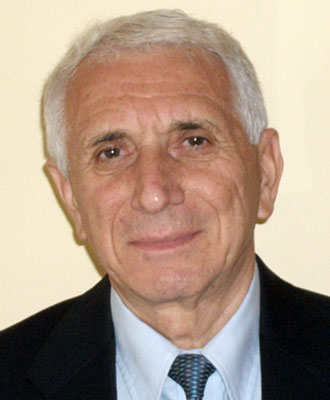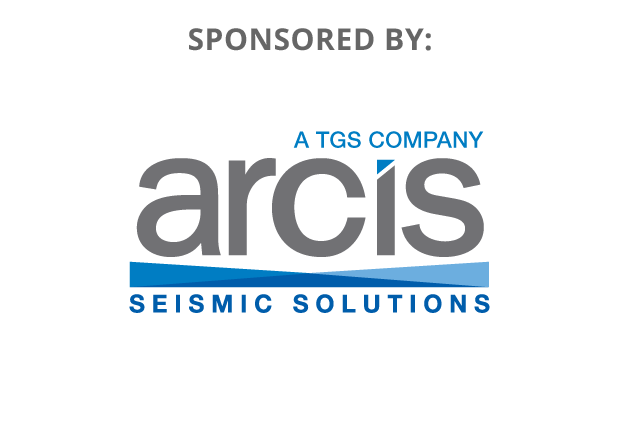Abstract
Seismic exploration in the deep-water Gulf of Mexico was based for many years on the 3D acquisition method and, as a result, significant oil discoveries were made and most of the plays were found below salt or in intrasalt-body basins. The quality of the seismic data acquired in deep-water subsalt environments was occasionally satisfactory for exploration purposes, but, in most cases, it was not good enough to support an accurate Earth model for reservoir development. The main challenges for data interpretation are: incomplete reservoir illumination, poor signal-to-noise ratio of the subsalt events, and poor seismic resolution. Developments in the last decade in marine seismic acquisition and data processing were driven to solve these challenges.
One reference point in the evolution of marine seismic technology in the last decade was the introduction of wide-azimuth acquisition (WAZ). Introduced in 2006 by British Petroleum in the Gulf of Mexico, the method was quickly adopted by the industry as a seismic technology to explore the complex subsalt geologic structures where improved subsurface illumination and signal-to-noise ratio are required. The introduction of WAZ started a period of several innovations in the seismic industry: dual-sensor streamer acquisition, full-azimuth towed streamer acquisition, broadband seismic measurements on both the source and receiver sides, long-offset marine acquisition, simultaneous shooting, and multimeasurement streamers. Challenges in processing wide-azimuth data lead to new developments in velocity model building based on tomography and full-waveform inversion, 3D demultiple methods, 3D anisotropic imaging with reverse time migration, and other improvements in computational methods.
The presentation will review the latest innovations in marine seismic acquisitions with examples of applications, and will discuss the geophysical benefits and limitations, as well as specific survey design and processing aspects related to each method.
Biography
Nick Moldoveanu started his career with Schlumberger in 1989, and had varying assignments in data processing, software development, geophysical support for acquisition and processing, seismic survey design, and the development and commercialization of seismic acquisition and processing technologies. Currently, Nick is a global geophysical advisor for seismic solution design and modeling at WesternGeco. Before Schlumberger, Nick worked for Geological and Geophysical Oil Prospecting Company (IPGG), Bucharest, Romania, as field geophysicist, seismic interpreter, seismic technology analyst, data processing manager and technical director of the IPGG seismic computer center. Nick has a diploma in geophysics from the Romanian Oil, Gas, and Geology Institute, Faculty of Geology and Geophysics, and a diploma in mathematics from University of Bucharest. Nick has over 60 published technical papers, holds 10 patents, and has 12 patent applications under review.






